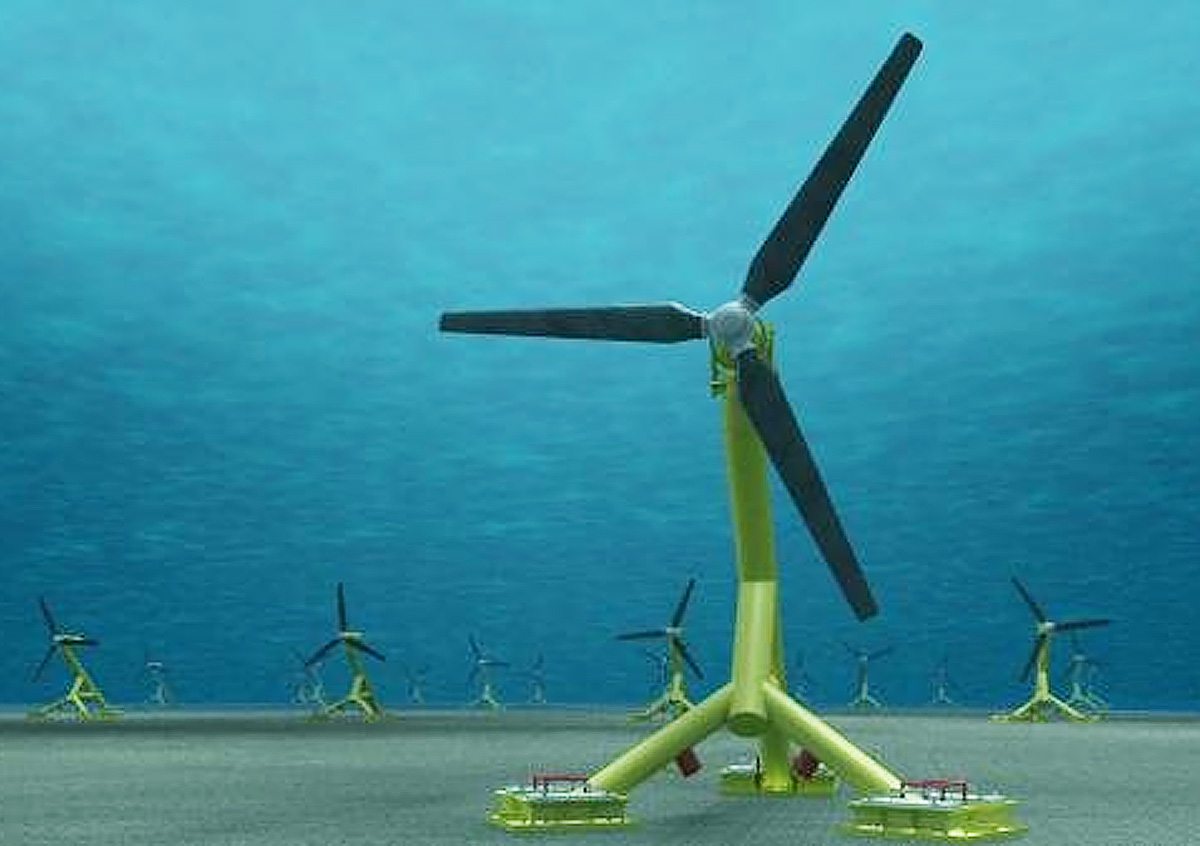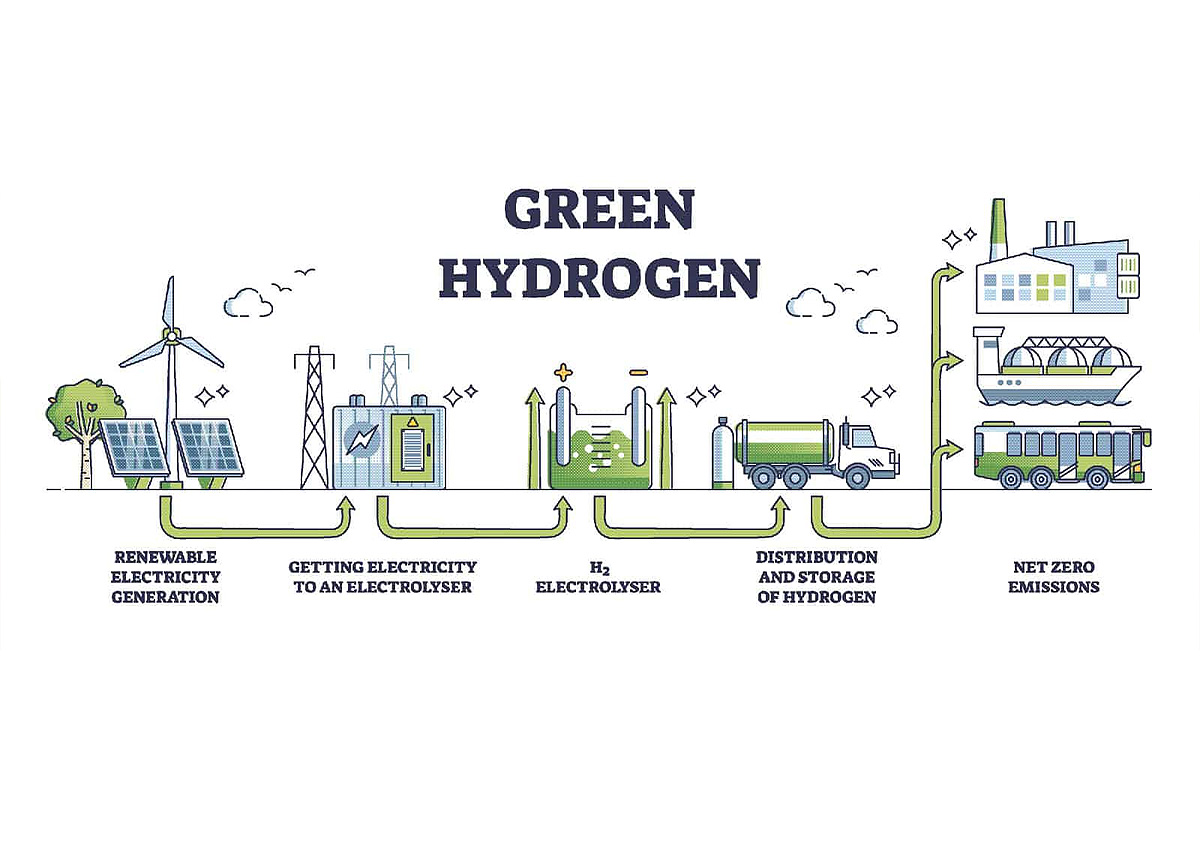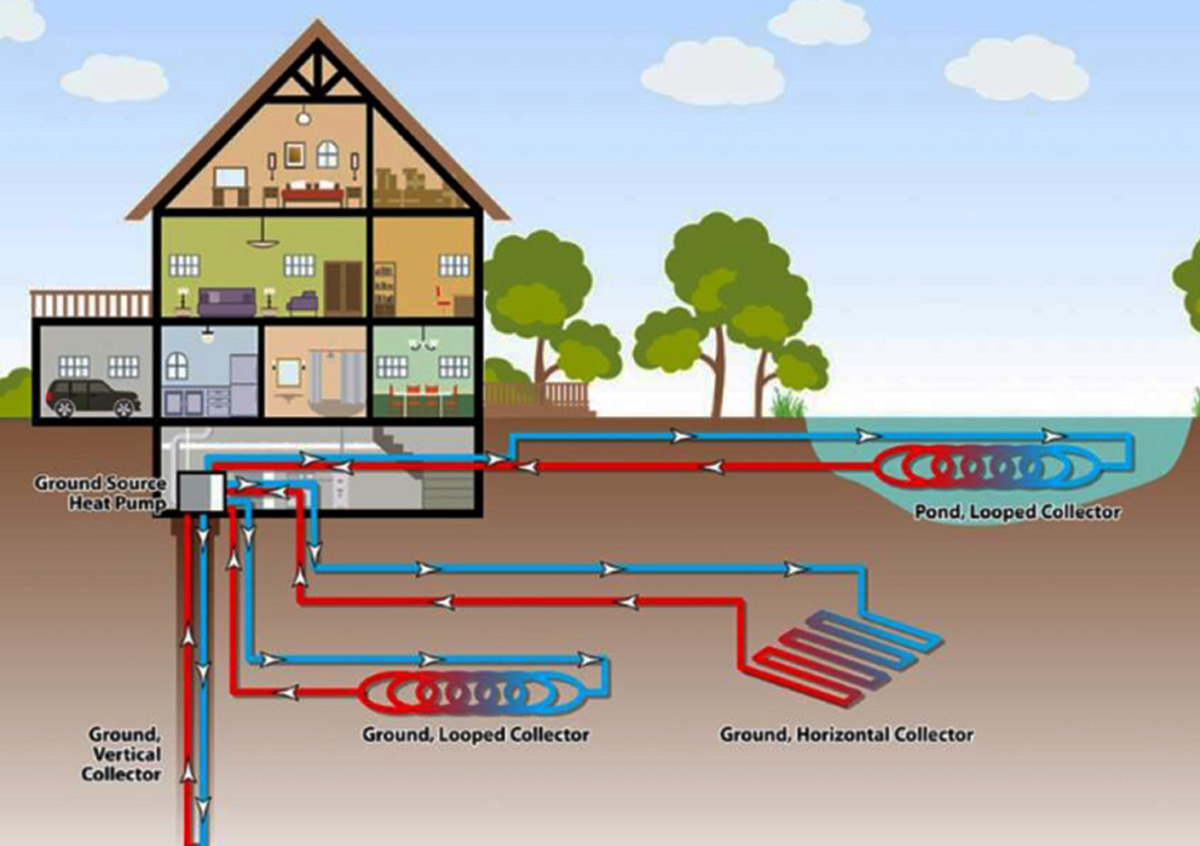Horizontal-Axis Wind Turbines (HAWT)
Over the past century, human dependence on fossil fuels has cast a long shadow over the planet, creating undeniable change to the climate and leaving a legacy of environmental degradation. However, on the horizon, a wide variety of sustainable energy alternatives are being developed, promising a more enduring future. As the planet nears a tipping point, the time has come to embrace and implement these new and innovative technologies, as they offer a path to a world where energy needs are met without sacrificing the health of the planet.
Harnessing tidal power is one example of possible sustainable energy. Using the rhythmic ebb and flow of the tides, tidal turbines capture kinetic energy to generate electricity. Unlike wind power the tides follow a predictable rhythm, offering a reliable and predicable source of energy. Coastal nations like the United Kingdom and Canada are leading the efforts on this front, demonstrating the viability of this technology. While technical challenges and environmental concerns remain, the potential of tidal power to power coastal communities and even large electrical grids is undeniable.

Tidal Turbine
Offshore winds are stronger and steadier than their land-based counterparts but are challenging to build and maintain. Floating wind farms, tethered to the seabed, are already pushing the boundaries of what is possible and feasible. Meanwhile, wind turbines are continuing to undergo constant evolution. Towering “pinwheel” generators will potentially be replaced by Horizontal-Axis Wind Turbines (HAWT), which are much smaller, less expensive and operate at higher speeds. With advancements in materials and cost reductions, wind power is poised to become a cornerstone of the future energy mix around the world as it has in countries like Uruguay, which have largely already converted to sustainable energy production.
Among the most exciting and challenging alternative energy sources being studied is nuclear fusion, which involves the fusion small amounts of hydrogen to create helium, thereby releasing a huge amount of power in the same way that the sun generates energy. By fusing atoms, scientists aim to unleash a virtually limitless power source, free from the radioactive waste and safety concerns associated with traditional nuclear fission, which involves the splitting of atoms. While many technical hurdles persist, recent breakthroughs raise hopes that the long-awaited (and near infinite) source of sustainable energy may finally be within human reach.

Green Hydrogen Diagram
Another exciting and interesting area of research is “Green Hydrogen.” This is hydrogen produced using renewable energy sources like solar or wind. Green hydrogen acts as a versatile energy carrier like gasoline, storing surplus energy and transporting it across distances. Green hydrogen can be used in fuel cells for transportation, heating homes, and even powering heavy industry. . The byproduct of green hydrogen combustion is water, which is harmless to the planet. Its potential to decarbonize sectors that have proven difficult to electrify makes it a crucial piece of the sustainability energy production puzzle
The A4 Architecture Blog has often discussed the importance of heat pumps, which tap the latent energy that exists in the air or beneath our buildings for heating and cooling our structures. This is not so much as creating a new energy source as it is tapping into sources that have long been present, but challenging to access effectively and economically. These new and innovative HVAC systems are being financially encouraged by the Inflation Reduction Act (IRA) that was passed in 2022.
Embracing these new technologies requires not only engineering advances but also a shift in mindset. We must foster collaboration between scientists, engineers, policymakers, and the public. Investments in research and development are crucial, as are policies that incentivize clean energy adoption and penalize fossil fuel use. Public awareness and education are essential to build a collective understanding of the challenges and opportunities that lie ahead.

Heat Pump Diagram
The path to a sustainable future for the world will need to overcome many political and engineering challenges, but the stakes are too important to fall to act decisively. By harnessing the power of innovation and embracing these new energy sources, we can create a future where our energy needs are met without compromising the planet’s viability to sustain human life and we must embrace the electrification of our homes and businesses as this will certainly be the vehicle by which these new energy sources will be delivered and used.
Ross Cann, RA, AIA, LEED AP, is an author, historian, and practicing architect living and working in Newport, RI. He holds degrees with honor in Architecture from Yale, Cambridge, and Columbia Universities.
At A4 Architecture + Planning we are expert at integrating building codes into our designs to provide safer and more long-lasting building solutions for our clients. If you are interested in learning more about what can do for you reach out to us at any time!
